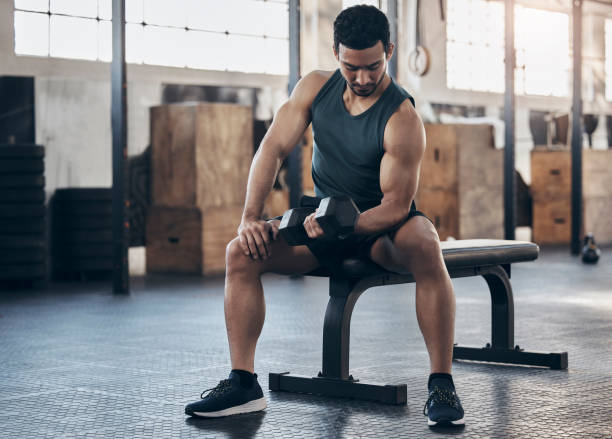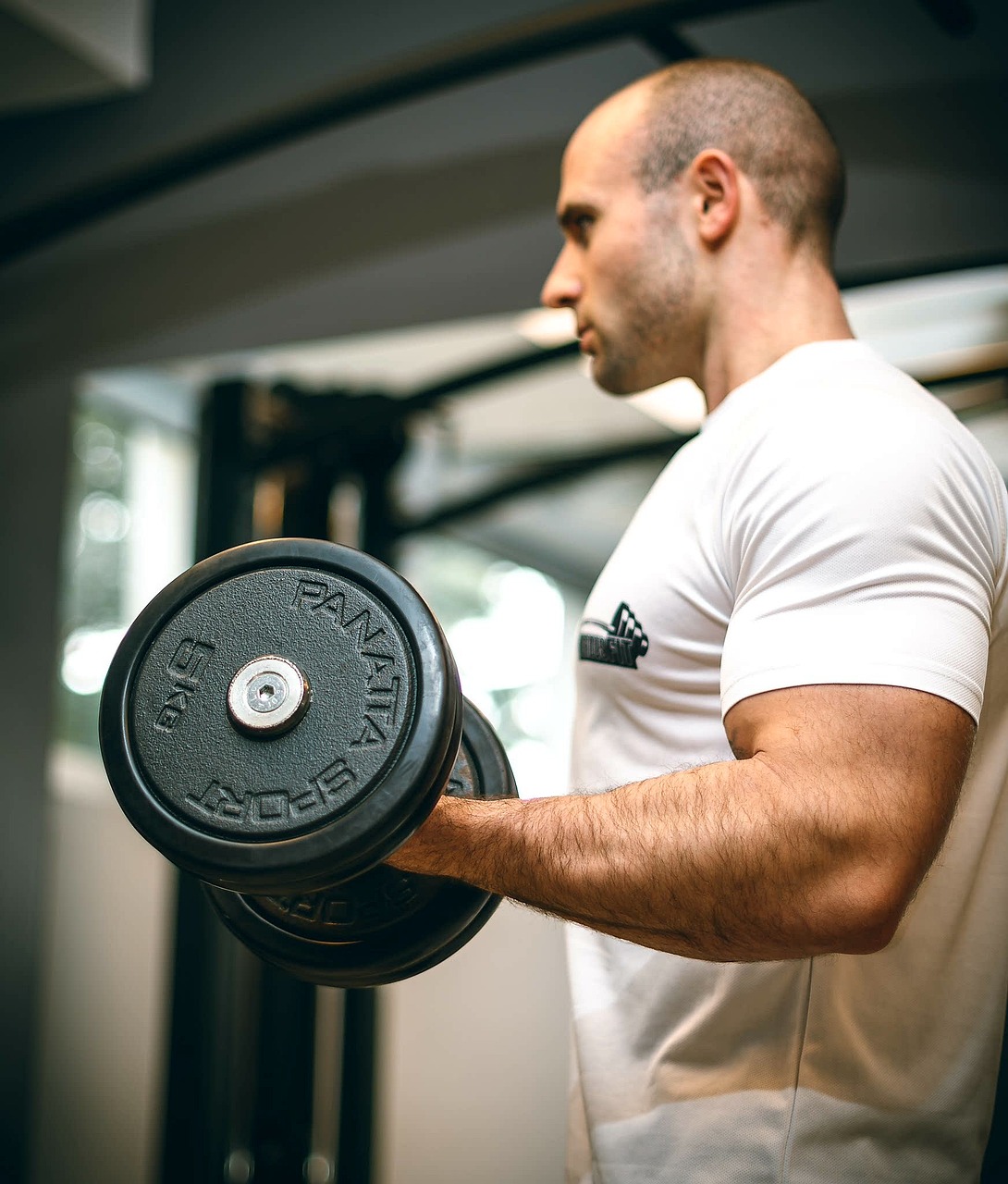The biceps are one of the most sought-after muscle groups when it comes to strength training. One of the most effective exercises to target them is the supinated bicep curl. Supinated curls offer a unique advantage over traditional bicep curls by emphasising the rotation of the forearm, thus engaging the bicep muscle more effectively. In this article, we’ll delve deep into the world of supinated curls, offering guidance on the best exercises and techniques to maximise your gains.
Contents
The Anatomy of a Supinated Bicep Curl
Understanding the mechanics behind the supinated bicep curl is crucial for mastering the technique and reaping its full benefits. The term ‘supination‘ in the context of arm movements refers to the action of turning the forearm so that the palm of the hand faces upwards or forwards. This contrasts with ‘pronation’, where the palm faces downwards or backwards.
Muscles Engaged
Biceps Brachii: As the name suggests, this exercise primarily targets the biceps. The biceps brachii has two heads – the long and short head. The supinated curl effectively engages both, particularly at the peak of the curl when the dumbbell is closest to the shoulder.
Brachioradialis: Located in the forearm, this muscle plays a pivotal role in the supination movement. As you rotate your forearm during the curl, the brachioradialis is actively engaged, offering the added benefit of forearm strengthening.
Brachialis: Situated underneath the biceps, this muscle assists in elbow flexion. While it’s targeted in most bicep exercises, the rotation in the supinated curl provides an additional stimulus.

The Role of Supination
The act of supination during the curl is what sets the supinated bicep curl apart from its counterparts. This rotation:
Enhances Muscle Engagement: The twist ensures that the bicep is under tension throughout the movement, leading to increased muscle activation
Improves Range of Motion: The forearm’s rotation allows for a more extended contraction at the top of the movement, ensuring that the biceps are engaged through a full range of motion.
Joint Movements
The supinated bicep curl is more than just a bicep exercise. It involves:
Elbow Flexion: As with any bicep curl, the elbow joint is flexed as the weight is lifted.
Radioulnar Joint Supination: The unique twist in this exercise, the radioulnar joint in the forearm, is responsible for the supination movement.
By delving deeper into the anatomy of the supinated bicep curl, one can appreciate its effectiveness. It’s not just about lifting a weight; it’s about understanding and engaging with the intricate mechanics of our body.
Benefits of the Dumbbell Supinated Curl
Incorporating a dumbbell supinated curl into your routine can offer several benefits:
Targeted Muscle Engagement: The rotation involved in the supination dumbbell curl allows for a greater range of motion, thereby working the biceps more intensively.
Versatility: You can perform supinated curls with various equipment, though dumbbells offer the advantage of isolating each arm, ensuring balanced muscle development.
Improved Grip Strength: The act of rotating the dumbbell challenges your grip, indirectly strengthening your forearms.
Executing the Perfect Dumbbell Supinated Bicep Curl
Positioning: Start with feet hip-width apart, holding a dumbbell in each hand with palms facing your thighs.
Movement: Begin curling the dumbbells upwards. As you do so, rotate your forearms so that your palms face your biceps by the time the dumbbells reach shoulder height.
Control: Slowly lower the dumbbells back down, reversing the rotation so that your palms face your thighs again at the end of the movement.
Supinated Curl vs Bicep Curl: What’s the Difference?
At first glance, the supinated curl and the traditional bicep curl might seem similar. However, the key difference lies in the rotation. While the bicep curl maintains a constant grip throughout, the supinated curl involves the active rotation of the forearm. This rotation not only engages the bicep differently but also works the brachioradialis, a muscle in the forearm.
The supinated bicep curl is an invaluable addition to any arm-focused workout regimen. Its emphasis on forearm rotation sets it apart from traditional bicep curls, offering enhanced muscle engagement and a broader range of motion. Whether you’re new to strength training or a seasoned pro, incorporating supinated curls can bring a fresh challenge to your routine and help you achieve those coveted bicep gains.

